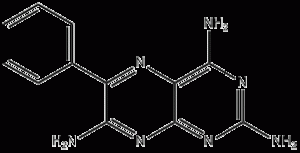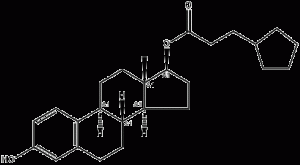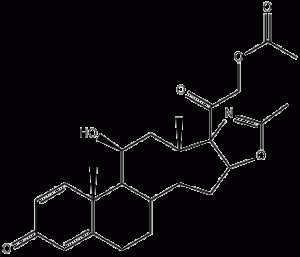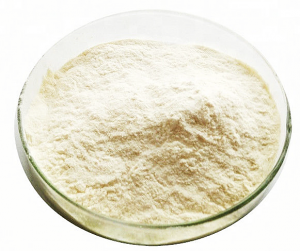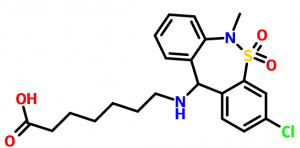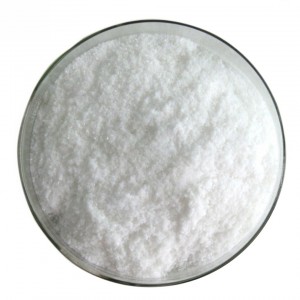Triamterene Mainly Ued In The Treatment Of Edematous Diseases
Product Detail
| Name | Triamterene |
| CAS number | 396-01-0 |
| Molecular formula | C12H11N7 |
| Molecular weight | 253.26 |
| EINECS Number | 206-904-3 |
| Boiling point | 386.46°C |
| Purity | 98% |
| Storage | Sealed in dry,Room Temperature |
| Form | Powder |
| Color | Pale Yellow to Yellow |
| Packing | PE bag+Aluminum bag |
Synonyms
6-Phenyl-;7-pteridinetriamine,6-phenyl-4;diren;ditak;diurene;dyren;dyrenium;dytac
Pharmacological Effect
Overview
Triamterene is a potassium-sparing diuretic, which has the diuretic effect of retaining potassium and excreting sodium similar to spironolactone, but the mechanism of action is different. It still has a diuretic effect after inhibiting aldosterone secretion with sodium chloride or removing the adrenal gland. Its action site is in the distal convoluted tubule, inhibiting the exchange of sodium and potassium ions, increasing the excretion of Na+ and Cl- in urine, and decreasing the excretion of K+. It can also inhibit the reabsorption of Na+ and the secretion of K+ by the collecting duct. The diuretic effect of this product is weak. When used in combination with diuretics such as thiazide, it can not only strengthen the natriuretic and diuretic effect of the latter, but also reduce the adverse reactions caused by the potassium excretion of the latter. In addition, there is also the effect of excreting uric acid. Long-term use can increase blood urea levels. It is mainly used for intractable edema or ascites caused by heart failure, liver cirrhosis and chronic nephritis. It can also be used for patients who are ineffective with hydrochlorothiazide or spironolactone.
Pharmacological Effect
This product is a potassium-sparing diuretic, which directly inhibits the Na+-K+ exchange between the distal tubule and collecting duct of the kidney, increasing the excretion of Na+, Cl-, and water, while reducing the excretion of K+.
Indications
It is mainly used for the treatment of edema diseases; including congestive heart failure, liver cirrhosis ascites, nephrotic syndrome and water and sodium retention during the treatment of adrenal glucocorticoids; it can also be used for the treatment of idiopathic edema.
Usage
A weak diuretic. The effect is rapid and short-lived, diuresis begins 2 hours after oral administration, reaches the peak at 6 hours, and the effect lasts 8-12 hours. It is clinically used for intractable edema or ascites caused by heart failure, liver cirrhosis and chronic nephritis, and is also used for hydrochlorothiazide or spironolactone. cases. This product has the function of eliminating uric acid and is suitable for the treatment of gout.



